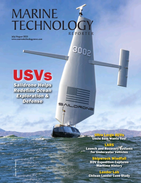Innovative Seismic Monitoring Tech Developed for Danish North Sea CO2 Storage Project
Partners in Danish carbon capture and storage Project Greensand have developed technology for frequent seismic monitoring of CO2 stored in the Nini West field in the Danish North Sea.
"Frequent seismic monitoring is essential for safe and permanent storage of CO2. Therefore, it is another step forward for the consortium partners behind Project Greensand after the seismic monitoring technology developed specifically for the project has proved fully successful.
The new technology ensures more frequent control of the Nini West field in the North Sea, while achieving significantly less impact on the environment and climate," the partners said in a press release Tuesday.
The CO2 was captured at an INEOS Oxide site in Belgium, transported to the Danish North Sea, and then stored in the INEOS-operated Nini field in the Danish North Sea.
Monitoring technology
A wide range of consortium members are behind the newly developed CO2 monitoring technology, including the French company SpotLight: "After the first CO2 storage, it was important for us to demonstrate the efficiency and flexibility of our monitoring solution.
"We could quickly carry out the first monitoring of the reservoir and thereby obtain important information about where the stored CO2 is located in the reservoir. The operation was a full success, collecting high-quality data safely and efficiently. This enables Project Greensand to set new standards for CCS monitoring,” says Habib Al Khatib, CEO of SpotLight.
On March 8, Crown Prince Frederik gave the signal to store the first CO2 in Denmark at First Carbon Storage event in Esbjerg. In just one month, the consortium partners have carried out a baseline measurement as well as two seismic monitoring of the reservoir 1,800 meters below the
seabed and can now conclude that the monitoring technology can safely and effectively locate CO2 in the sandstone reservoir, the partners said.
"During the first storage of CO2, it emerged that this method of spot measurement constitutes one of the most important innovative technologies in Project Greensand. We are therefore very happy to see the technology become a reality with the monitoring and the accurate results" says Andreas Szabados, Asset Manager Denmark, Wintershall Dea.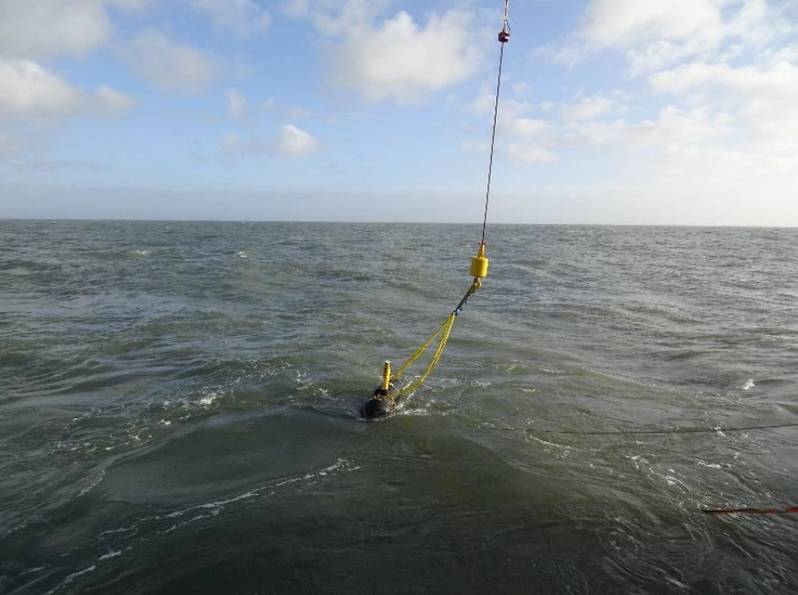 Credit: Project Greensand
Credit: Project Greensand
According to Project Greensand partners, the monitoring technology, specially developed for Project Greensand, constitutes a technological breakthrough in itself.
The technology examines sound movements at carefully selected points on the seabed above the reservoir. By comparing data from the selected points with previous calculations of the design of the reservoir, it becomes possible to determine exactly where the CO2 is located in the reservoir and how it moves.
"Safety, flexibility and innovation are part of our DNA at TGS. We demonstrate this once again in Project Greensand. Together with our partners, we have shown that three seismic surveys can be carried out every few weeks during the winter season in the North Sea.
"The operations were extremely efficient and were completed in a few hours," says Tone HolmTrudeng, NES - Director Offshore Subsurface Solutions at TGS.
Conventional seismic measurements offshore are traditionally carried out at intervals of years, but now the measurements can be carried out at intervals of weeks and months, while local marine environment is radically less impacted, the companies involved say.
"At the Technological Institute, we are proud to have contributed to the development and the first implementation of this effective and frequent monitoring solution. The environmental footprint is marginal compared to conventional solutions, and it proves to have a good resonance with people” says Maj Frederiksen, Senior Project Manager from the Technological Institute.
Nils Overgaard, Head of Special Projects at Esvagt says: "The operations have become more flexible as we have carried them out offshore. Through our close collaboration, we managed to reduce the time required for the process between the baseline survey and the follow-up monitoring. By utilizing our more than 40 years Using our experience of over 40 years of operation in the North Sea, we have achieved the reduction the environmental footprint and increased the efficiency of the operation significantly."

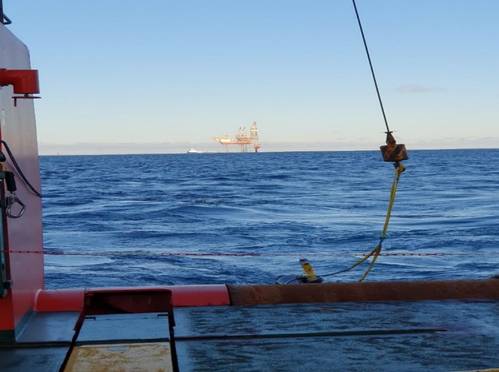
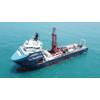



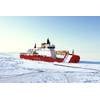
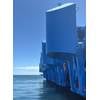





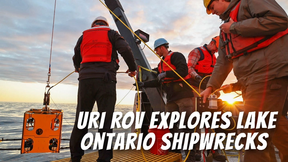
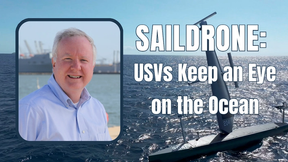
 February 2025
February 2025


